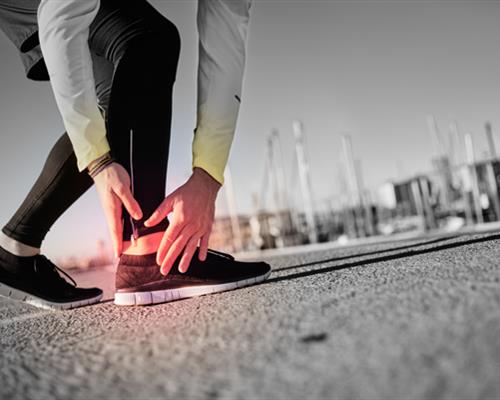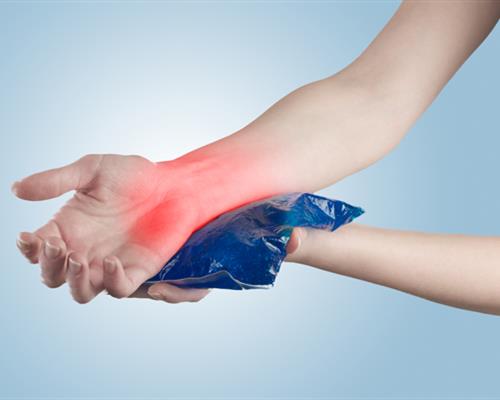Dealing With Strains and Sprains – Gymnastics for Kids
Gymnastics is a fun and exciting activity to take part in, and without a doubt – one of the best ways to get your child’s fitness to intense levels. Participating in the sport can serve a long list of benefits for young individuals.
In our previous articles, we have discussed about the importance of injury prevention in gymnastics for kids. There’s a saying that prevention is, without any question, better than cure. But what if things went out of hand, and your child has unfortunately suffered from gymnastics-related injury? Would you immediately call for help? What if help is inaccessible at the moment? Would you have to treat your child all by yourself? What if you are clueless of what you should do? In this article, we’ll try to answer all these questions.
This article will discuss about the important things that you should do to deal properly with strains and sprains.
First of all, what are strains and sprains? Sprain is an injury caused by an overstretched ligament (mild sprain) or torn ligament (severe sprain). Ankles, wrist and knees are the most common body parts that sprains easily. Sprains are caused by unfortunate events such as accidentally twisting your ankle. It commonly occurs in physical and contact sports, but it might also occur when you accidentally trip or fall.

Strains, on the other hand, is an injury caused by a muscle that has been stretched too far. Back, neck and legs are the most common body part that suffers from this kind of injury. It commonly happens when too much pressure has been placed on the muscle. It often happens when a muscle has not been properly warmed up before a workout. (Learn the importance of warm up here).
So if these things suddenly happened to your child, there’s no need to panic. You just need to remember “R.I.C.E” for the first 48 hours after the injury has occurred.
R is for Rest
It is just right to allow your body part to rest after it has incurred an injury. Allowing your body to do so will give it enough time to recover, which will speed up its healing process.
I is for Ice
Putting an ice to the injured area will help reduce swelling. However, be careful not to put the ice directly to your skin, as it may cause tissue damage if done for a long period of time. Covering it with a towel or putting it in the ice pack would be the best thing to do. Ice the affected area for 15-20mins for the first 48 hours, or until the swelling has been significantly reduced.

C is for Compress
Wearing an elastic compression wrap or bandage will help minimize or remove swelling. However, be careful not to wrap it too tightly, as it might block a good blood flow -- which is necessary for recovery.

E is for Elevation
Using a pillow or chair, try to elevate the injured area higher than your heart area, if possible. Doing so will help minimize swelling.
With proper knowledge, dealing with these kinds of injuries will be a lot easier. Prevention is, of course, always better than cure. It is always important to practice proper pre-workout activities such as warm up and stretching, as these injuries are often a cause of a poorly stretched and warmed up muscles. (Learn the importance of stretching and flexibility here).
It is always a good idea to be well-informed about these sorts of things, as you might not know when will you need them in the future. Learn more about sports health and fitness, read our articles posted on our Facebook Page. on a daily basis :)
Experience a fun and exciting gymnastics training, enroll today at Bianka Panova Sport and Art Academy and learn gymnastics for kids with us! :)

 Voted #1 Gymnastics School in Singapore
Voted #1 Gymnastics School in Singapore

Guest Comments